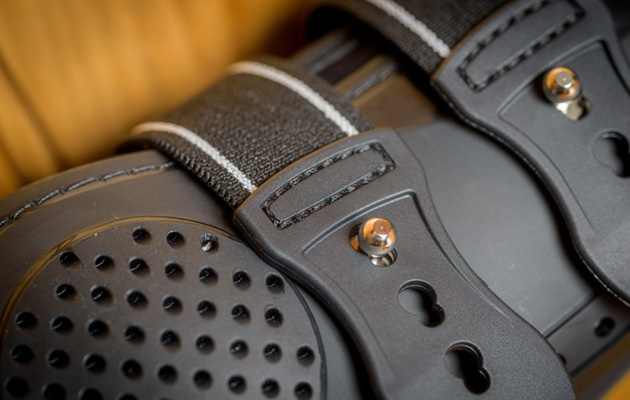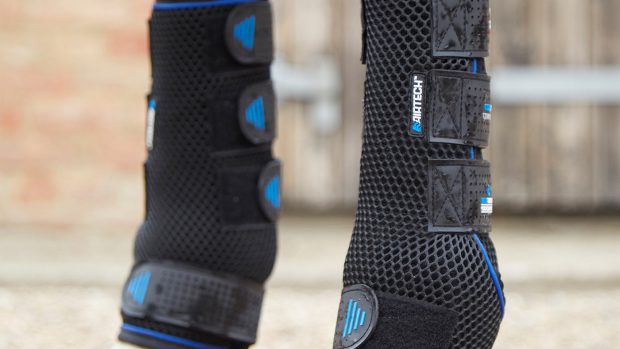Learn more about protective boots for horses
Overheating has been considered as a potential problem associated with using boots and a contributor to tendon injury, particularly in eventers.
Tendon temperatures of 42.5°C have been shown to be high enough to result in degeneration through cell death in the injury-prone tendon core.
During galloping, temperatures of 43-45°C have been recorded in several horses, with the tendon core on average 5-6°C hotter than its surface.
This occurs because some of the stored elastic strain energy is released as thermal energy and there is not enough blood supply in the tendon to dissipate this heat.
This leads to some serious concerns in the role of the boot in preventing cooling through airflow over the leg and of bandages in reducing blood flow in fatigued limbs, as research published in the journal Gait & Posture has suggested.
Cross-country calls for leg protection that will prevent striking injuries, while being non-rubbing, lightweight, non-heating and able to cope with water and mud without becoming saturated.
Many boots on the market are effective in preventing overreach and brushing injuries, but this may be at the expense of increasing the risk of tendon overstrain damage if left on for long periods, or hard tissue (bone and cartilage) impact damage if used on hard ground.
Lucinda Green acknowledges the dilemma: “Do you try and protect your horse from a serious striking injury, but risk overheating and the consequences this may bring, or do you chance a striking injury in favour of possible tendon longevity? It’s a tough one.”
To find out more about, read the veterinary clinic discussion on the pros and cons of wearing boots in the current issue of Horse & Hound (3 February, 2011)
Read more about protective boots




